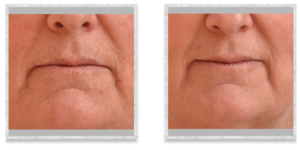Nowadays, people are very preoccupied with their appearance. Luckily, science is here to take care of our needs. Everyone wants to look good and appear young, but many people have a fear of going under the knife. This is understandable to have this fear as there are side effects to any type of surgery, even cosmetic surgery, including: severe blood loss, infections, anesthetic allergies, and unintended cosmetic outcomes. Every surgical procedure involves risks. Why resort to this, when cosmetic procedures by laser can be performed easier, and with less risks?
A laser is a device that concentrates light waves of identical color, wavelength and direction, creating a precise and powerful ray. Lasers are operated only through computers, therefore the risk of a human mistake is very low. Over the years, a lot of different types of laser devices have been invented. Some of the most popular ones are gas lasers, solid state lasers, dye lasers, and semiconductor lasers. The gas laser with CO2 is mainly used for laser facial skin resurfacing, while the argon laser helps with blood vessel conditions like varicose vein removal. For crow’s feet removal an Erbium/EAG laser is often used.
Here are some of the most popular laser treatments currently available:
• Fine Lines and Wrinkles: For treating lines and wrinkles, a combination of skin resurfacing and skin-tightening procedures can be used or both can be accomplished with a more aggressive ablative laser, such as a CO2 (carbon dioxide) laser or Erbium YAG. The CO2 laser is also commonly used for the removal of warts and skin tags and for cutting skin in laser-assisted surgery. Pulsed Dye Lasers have also shown some success, along with less aggressive nonlaser, light-based treatments, such as IPL and LED photofacials.

• Skin Tightening: Most cosmetic laser procedures provide some level of superficial tightening at the least, because they produce a controlled injury of the skin, which encourages increased collagen production. For more significant tightening results, though, CO2 lasers are the laser of choice. In addition, as above, there has been much success using nonlaser, light-based treatments, such as Sciton infrared devices and Exillis radio-frequency based systems.
• Pigmented Lesions: The most-commonly used lasers for the treatment of pigmented lesions, such as sun spots, age spots melasma and other forms of hyperpigmentation are the pulsed dye, Nd:YAG and fractional (ProFractional) lasers, along with nonlaser, light-based treatments, such as IPL (BBL).
• Precancerous Lesions: Almost all surgeons agree that cancerous lesions should be removed via scalpel to ensure clear borders and complete removal. By removing precancerous growths, such as actinic keratoses, before they have a chance to become malignant, though, lasers are now routinely being used as a preventative measure. Ablative lasers, such as the CO2 and erbium:YAG, are generally chosen to remove these lesions.
• Vascular Lesions: Vascular lesions include broken blood vessels on the face, unsightly veins on the legs, spider nevi, hemangiomas and certain birth marks such as port wine stains. For these types of skin irregularities, IPL (BBL) is a common choice, as it is minimally invasive. Also popular for treating these lesions are the pulsed dye, Nd:YAG and diode lasers.
• Hair Removal: The success and safety of laser hair removal is highly dependent on the pigment present in both the skin and the hair of the patient being treated. For darker-skinned patients, the Nd:YAG and diode lasers are often the lasers of choice, and for lighter-skinned patients, IPL has proved effective.
• Acne and Acne Scars: For deeper acne scars, the CO2 laser remains the gold standard, although more recent developments such as the erbium:YAG, fractional laser and certain nonablative lasers have shown considerable success on more superficial acne scarring.
A comprehensive skin rejuvenation program can address many conditions, including wrinkles, lines, and folds, as well as other age-related damage, sun damage, and discoloration. Rejuvenation techniques also help skin appear younger, tighter, firmer, and more toned, and improve the overall texture of skin.
To learn more about our laser skin rejuvenation procedures, click here.
